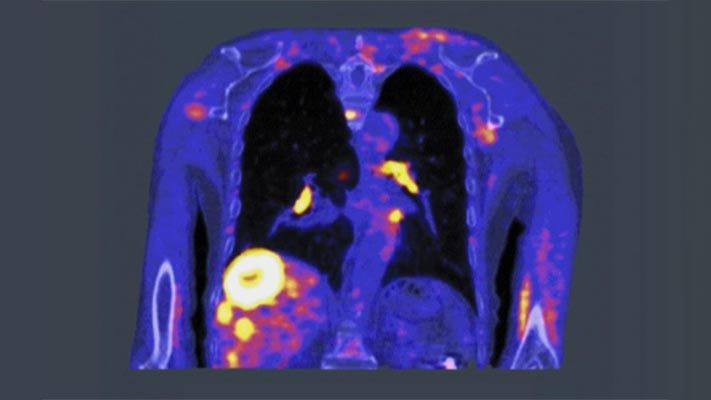MATLAB and Simulink enable engineers, researchers, and scientists to design, simulate, and test therapeutic devices while complying with industry regulations and standards. You can validate MATLAB and Simulink products for FDA/CE regulations and conform to standards such as IEC 62304 in the development process.
With MATLAB and Simulink, you can:
- Develop and simulate algorithms for sensor data and control systems
- Use computational modeling and simulation to test and validate medical devices
- Train, validate, and integrate artificial intelligence (AI) models into the system design
- Perform rapid prototyping with real-time hardware platforms
- Develop IEC 62304-compliant embedded software with full requirements traceability
“Modeling, simulating, and implementing the ventilator’s embedded software with Simulink greatly simplified compliance certification. The model helped ensure a structured development process and provided thorough documentation and a visual representation of the system for the certification review.”
Using MATLAB and Simulink for Therapeutic Devices
Designing and Simulating Algorithms for Sensor Data and Control Systems
With MATLAB and Simulink, you can integrate different physical domains in a unified simulation environment to efficiently design and test complex therapeutic devices. You can simulate multidomain components, kinematics and dynamics, data sensors, and advanced control algorithms. Simulations help refine system requirements, evaluate design tradeoffs, and implement subsystems of the medical device in a hardware-independent environment.
Using In Silico Medicine for Medical Device Testing with Virtual Patient Models
You can use in silico medicine to develop new medical devices with MATLAB and Simulink. You can create functional physiological models of human organs such as lungs, kidneys, pancreas, heart, and the cardiovascular system to sufficiently replicate the anatomy and physiology of the human body. These models can then be used to validate designs and clinically evaluate the performance of new therapeutic devices. This enables manufacturers to shorten the product development cycle without compromising quality or safety.
Integrating AI into the System Design
MATLAB and Simulink provide an end-to-end AI workflow from system-level modeling to embedded software. You can implement AI models as part of the system design and validate their performance and interoperability using modeling and simulation. For integration, you can generate optimized embedded code for target hardware—all within an IEC 62304-compliant development process using Model-Based Design.
Performing Rapid Prototyping with Real-Time Hardware Platforms
With MATLAB and Simulink, you can move from system-level simulation to real-time testing with rapid prototyping. New design ideas can be implemented and tested on a hardware-in-the-loop (HIL) platform that represents the final product. This workflow lets you verify the safety and performance of algorithms on the therapeutic device, while shortening the overall development process.
Explore Products
Developing IEC 62304-Compliant Embedded Software
You can develop IEC 62304-compliant embedded software for therapeutic devices using Model-Based Design with MATLAB and Simulink. Model-Based Design incorporates verification and validation into the software development workflow and establishes a common framework for designing safe and tested software for medical devices. Most of the documentation required by the IEC 62304 standard is automatically created, with full traceability, using MATLAB and Simulink.

Learn More
- Developing IEC 62304–Compliant Embedded Software for Medical Devices
- Khawaja Medical Technology Achieves IEC 62304 Compliance for ECG Analysis Software
- ITK Engineering Develops IEC 62304–Compliant Controller for Dental Drill Motor with Model-Based Design
- Miracor Eliminates Run-Time Errors and Reduces Testing Time for Class III Medical Device Software











